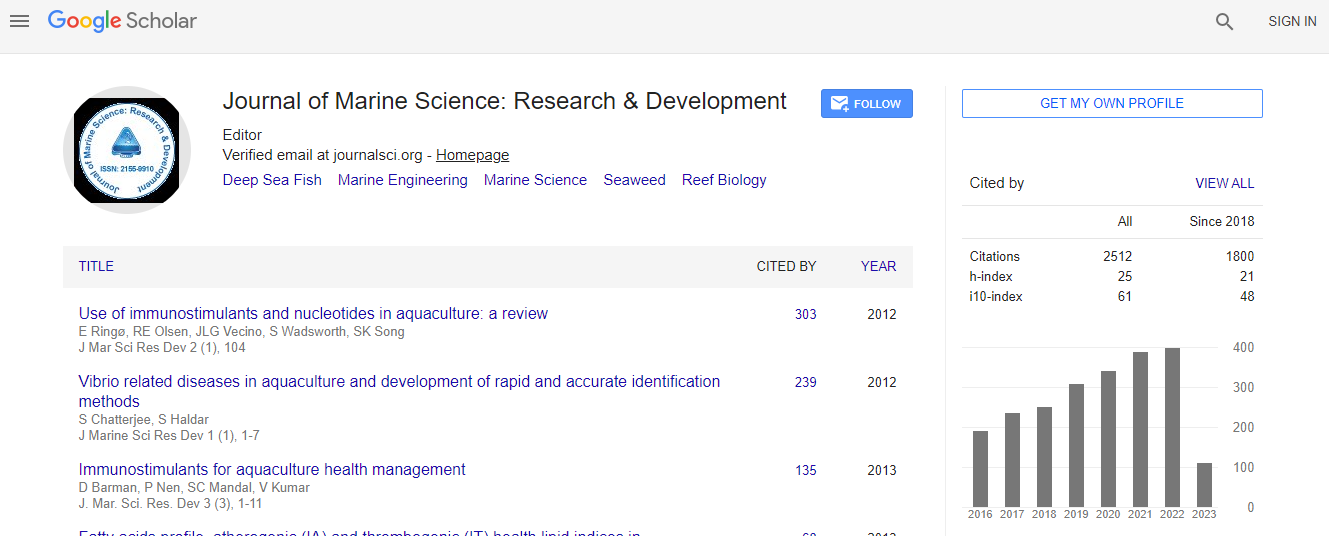Our Group organises 3000+ Global Conferenceseries Events every year across USA, Europe & Asia with support from 1000 more scientific Societies and Publishes 700+ Open Access Journals which contains over 50000 eminent personalities, reputed scientists as editorial board members.
Open Access Journals gaining more Readers and Citations
700 Journals and 15,000,000 Readers Each Journal is getting 25,000+ Readers
Google Scholar citation report
Citations : 3189
Indexed In
- CAS Source Index (CASSI)
- Index Copernicus
- Google Scholar
- Sherpa Romeo
- Open J Gate
- Genamics JournalSeek
- Academic Keys
- ResearchBible
- Ulrich's Periodicals Directory
- Electronic Journals Library
- RefSeek
- Directory of Research Journal Indexing (DRJI)
- Hamdard University
- EBSCO A-Z
- OCLC- WorldCat
- Scholarsteer
- SWB online catalog
- Virtual Library of Biology (vifabio)
- Publons
Useful Links
Recommended Journals
Related Subjects
Share This Page
Origin and population connectivity of temperate and tropical tunas: Insights from natural markers in otoliths
4th International Conference on Oceanography & Marine Biology
Jay Rooker
Texas A&M University, USA
Posters & Accepted Abstracts: J Marine Sci Res Dev
Abstract
Natural chemical markers in the otoliths of temperate and tropical tunas (Thunnus albacares, T. obesus, T. thynnus) were used to investigate their origin and spatial histories at the ocean-basin scale. Here, we provide an overview of the approach and general findings to date for studies conducted in both the Atlantic Ocean and Pacific Ocean. Characterizing the otolith chemistry of youngof- the-year (YOY) tunas is the first step in establishing chemical baselines for each putative nursery (i.e. source), and evaluating the suitability of the approach for investigating trans-ocean movement and homing capabilities. Spatial variation in otolith chemistry of YOY tunas was detected for all species examined and, although elemental ratios and stable isotopes both showed promise for determining an individual├ó┬?┬?s place of origin, classification success was typically higher for stable isotopes, particularly ├?┬┤18O. The nursery origin of adolescent and adult T. albacares, T. obesus, and T. thynnus were determined by comparing their otolith core chemistry to YOY baselines, and several interesting patterns were detected. Trans-ocean or trans-boundary movements occurred for all three species examined, suggesting that these tunas are highly migratory with populations connected at the ocean-basin scale. Still, limited movements and high site fidelity were also observed, and this finding indicates that local (versus outside) production may be more important than previously assumed for certain populations of tunas. Given that yields and rebuilding plans are highly sensitive to the movement and mixing of individuals from different production zones, an improved understanding of connectivity is needed to ensure that tuna populations are sustainably managed.Biography
Email: rookerj@tamug.edu

 Spanish
Spanish  Chinese
Chinese  Russian
Russian  German
German  French
French  Japanese
Japanese  Portuguese
Portuguese  Hindi
Hindi 